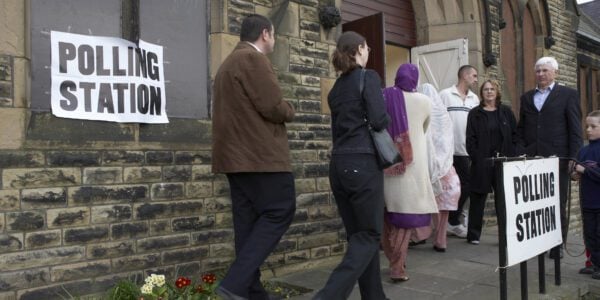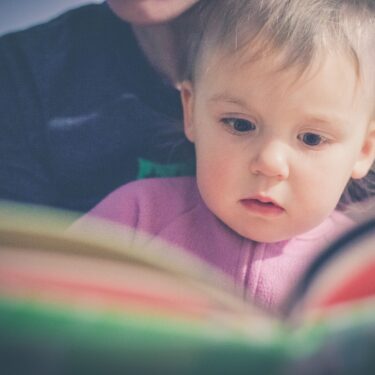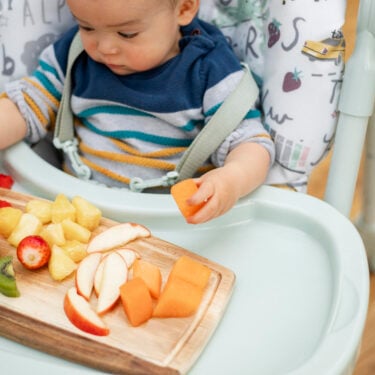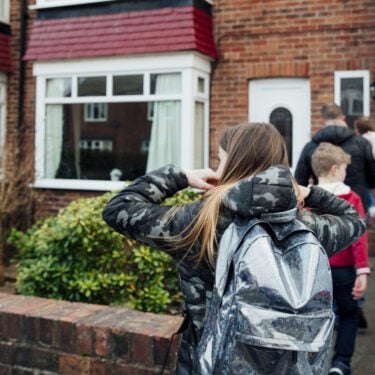
06/04/22
2 min read
Five years on from the introduction of the two-child limit on social security benefits, research funded by the Nuffield Foundation and led by the LSE has identified little impact on the number of children born into families living on a low income but said the policy will increase child poverty in the UK.
The aim of the policy, as stated by former Chancellor George Osborne, was to ensure families in receipt of benefits faced the same financial choices about having children as those supporting themselves solely in work. But with only a very small effect on fertility, the main result of the two-child limit is to deprive families on low incomes of £3,000 per year, which researchers say will lead to dramatic increases in child poverty among larger families.
Almost half of all children living in families with more than two children currently live in poverty and this is expected to rise as the cost-of-living crisis puts increasing pressure on low-income families. The research paper published today, Does cutting child benefits reduce fertility in larger families? Evidence from the UK’s two-child limit, concludes that cost savings achieved through the implementation of the two-child limit result almost exclusively from lower payments to families already at a disproportionate risk of poverty.
The research calculates a measurable, but relatively small, impact on the number of births to affected families; the probability of having a third or subsequent child declined by 5% (0.36 percentage points) after the limit was introduced. During the five-year period, the number of third and subsequent births declined by approximately 5,600 a year, accounting for just under 1% of total annual births in England and Wales.
Calling the rationale behind two-child limit on social security benefits “fundamentally flawed” the authors of the research underscored the need for robust causal evidence in the policy-making process.
Mary Reader, Research Officer at the Centre for Analysis of Social Exclusion (CASE) at the LSE, said:
“The policy assumed that cutting child-related benefits for low-income families would disincentivise families from having more than two children. But our research shows that fertility has declined only slightly. This is likely to be in part due to low awareness of the policy, but we also think it may be due to the relative ‘stickiness’ of fertility preferences: if someone really wants to have a child, they are unlikely to decide not to just because they won’t receive state support for that child.”
Alex Beer, Welfare Programme Head at the Nuffield Foundation said:
“Over the past five years, the two-child limit has only had a small effect on whether families had a third or subsequent child. Instead, the policy has withdrawn significant resources from larger families living on a low-income, which was putting their mental health and well-being at risk, even before the recent cost of living increases.”
Download the report
-
Executive summary: the fertility effects of the two-child limit102KB | pdf | 06 April 22
-
Does cutting child benefits reduce fertility in larger families? Evidence from the UK’s two-child limit446KB | pdf | 06 April 22
-
Supplementary material: does cutting child benefits reduce fertility in larger families?120KB | pdf | 06 April 22




















































